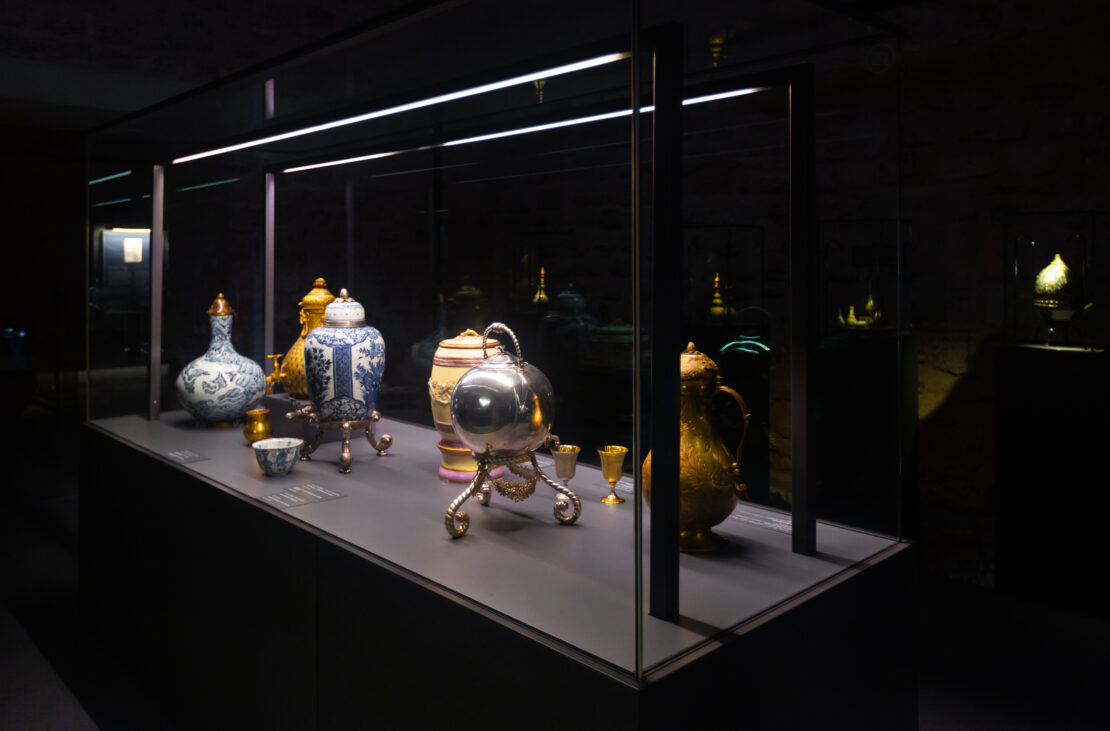The State of the Chinese Art Market: Strong With Subtle Nuances
The Year of the Tiger is off to an auspicious start with the wildly successful auction results of Asia Week in New York City from March 16-25, 2022. Attendees were celebrating being back in person, buying enthusiastically, reflecting the overall current strong market for Chinese works of art, both ancient and contemporary.
Tina Zonars, Co-Chairman of Asian Art at Christie’s commented: “We are delighted by this week’s results, which demonstrate the strength and resilience of the Asian art market across all categories. We continue to see how the importance of quality, rarity and provenance play to collectors.”
Of the 6 auction houses (iGavel, Bonhams, Heritage, Doyle, Sotheby’s, and Christie’s) participating, it is interesting to note that at Sotheby’s more than 14 items sold for over $1 million, and at Christie’s, 11 lots made above $1 million and they set 3 auction results.
High-quality and rare items typically sell well, while average/mid-lower level items or items without a solid history of ownership or origin, frequently suffer from weaker results, and can even go unsold. This is a logical result of a buyer’s desire for confidence in the authenticity and age of a work of art (especially in the traditional collecting areas of Chinese paintings, jade and porcelains) in a market where many pieces are faked, including sometimes even the auction/gallery labels and accompanying documentation. This is the reason excellent provenance affects the strength, and ultimately the sustainability of the market for Chinese works of art, whether it is from online, telephone and in-room bidders. This principle can be extended from the major global auction houses, but also to local, small auction houses throughout North America. In fact, it is likely true to an even greater degree. The security of having an estate source is critical to sales results. Thus, most of the highest-selling works of art is tending to come from estates- not only from famous collectors but even from small-town, relatively ‘anonymous’ individuals and families. Big-ticket items of Imperial quality do not simply appear out of the blue in the market.
Results from the live sale of the Important Chinese Snuff Bottles from the Rachelle R. Holden Collection at Christie’s demonstrate this point. This collection of 114 bottles, due to both its high-quality, rarity of the wide variety of media, and excellent provenance, achieved an impressive total of $2,252, 502 USD, with 86% sold by lot, and 127% hammer above the low estimate. The star of the show (lot 805) was a Famille Rose-Enamelled Glass Snuff Bottle from the Qianlong period (1736-1795) with a realized price of $693,000 USD. Its provenance was:
Li Daohong Collection, Shanghai (by repute).
Zhang Zhongyin (b. 1889) Collection, Shanghai.
Zhang Tungyu Collection.
Robert Hall, London, 1995.
Rachelle R. Holden Collection, New York.
So while snuff bottles might be considered by some appraisers to appeal to old-fashioned tastes, and not trendy, one must be cautious and take into consideration the factors of provenance, age and rarity. A snuff bottle that embodies all of these value factors can have impressive sales results.
For analysis of the market for Chinese art and antiques, a good source for both generalist and specialist appraisers is the Global Chinese Art Auction Market Report provided by Artnet and the China Association of Auctioneers (CAA). The most recent information for 2020 published in November 2021 reports that “sales remained solid in Mainland China, but dropped in other regions across the globe.” The article titled, “Demonstrating Resilience During the Pandemic, the Market for Chinese Art and Antiques Reaped $5.7 Billion Last Year [2020],” discusses how the market for high-end art continues to increase and that the “ongoing problem of payment default in mainland China continues.” This problem is being addressed by auction houses requiring non-refundable deposits prior to bidding to discourage the cancellation of purchases. Another respected source for Chinese market information is the economist Dr. Clare McAndrew who is known for her accurate analysis of many subtle factors of market data. But there is no substitute for experiencing auctions in person to understand the feeling in the room and by extension, the market in general.
And one last noteworthy point: Almost half of the 26 galleries participating in Asia Week were showing contemporary art, with dealers teaming up to host joint exhibitions, highlighting contemporary artists. The area of contemporary art is certainly not one to be ignored when considering the overall market for Chinese art. It is actively growing and values are increasing.
It will be important to watch as this year unfolds because of ongoing economic challenges in Mainland China and its government restrictions and crackdowns on the flow of capital out of the country, and the impact on Chinese buyers who are the engine of the Chinese art market. Hopefully, the Tiger will keep roaring!
Written by Susan E. Lahey, MA, ISA CAPP,
Eastern Art Consultants
President of the Canadian Chapter of the ISA


